Whether you run your own business or you manage it on behalf of someone else, they are certain costs you want to always minimize or eliminate if possible. In business, they are two types of costs – fixed costs and variable costs. Fixed costs, as its name suggests remains the same or constant irrespective of how much production increase, decrease or stays at zero. While variable costs increase with each unit of production.
The area of focus in this article, includes the following:
- Advertising
- Referral and sign-on bonuses
- Onboarding and orientation costs
- Cost of lost productivity
- Cost as a result of errors and mistakes
- Increase in wages and salaries.
- Time spent interviewing and screening candidates.
- Cost of pre-employment requirements
- Brain drain – loss of organizational knowledge
- Advertising
Since advertising can be very costly, many companies try to fill open positions internally in order to minimize the cost of recruiting an external candidate. This might work in some cases but not for certain positions that requires expert knowledge and in some cases licensure. These candidates might not be readily available internally – so you will have no choice but to try externally. Advertising on the company’s website and its social media pages (e.g. LinkedIn) are good ways to curb costs and also reach a wide range of applicants. This is sometimes not enough – therefore, advertising the open positions on external Job boards might be the best option. Of course, many of these recruiting job boards comes with costly fees for the various packages they offer.
- Referral and sign-on bonuses
Recruiters are now becoming more creative than ever – in order to attract qualified and skilled candidates to fill vacancies. Employee referral and sign-on bonuses are becoming a common play these days. The healthcare industry has been doing this with great success as they seek to get experience nurses to their talent pool. Nurses are in high demand – so recruiters are using referral and sign-on bonus with great success in lowering these candidates to their company. This is a costly endeavor and there is no guarantee that the candidate will stay after being onboarded. It is the duty of the leader to do what is necessary to keep the staff engaged bearing in mind the cost involved in obtaining staff members through programs such as these. If the leaders are unsuccessful in keeping these staff – then this will inevitably become a recurring cost that will continue to escalate as time progresses.
- Onboarding and orientation costs
Orientation and other onboarding activities can be very costly if your staff keeps leaving and you are required to replace them in order to keep your team balanced. The goal of orientation is to get your staff setup properly and to get a fair knowledge of the workflow and the network involved in completing their job functions adequately. When this is done right, it will save the company the cost associated with staff using the incorrect workflow to get tasks done. Some of these tasks can be time sensitive and may cost the company a lot if it is not done correctly. For example, in healthcare – the patient registration team is critical to revenue cycle process. If this is not done correctly, the coding team might not be able to code the chart in time – which can impact how soon the chart can be submitted for billing. This impacts the overall accounts receivables (AR) of the Hospital. These types of errors happens frequently because – many people use entry level jobs as a steppingstone. Therefore, this is a constant issue where new team members are causing downstream effects as a result of their errors.
- Cost of lost productivity
Productivity is one the most elusive target to achieve and maintain in business. Many organizations spend a considerable amount on equipment and training in order to get their staff productive. With great efficiency comes great rewards – so being productive is essential to any organization. Therefore, every time a staff member leaves the organization it impacts production and the converse is true when a new staff is employed. It will take some time for a new staff to become effective and efficient – until then the organization will need absorb the cost of low production.
- Cost as a result of errors and mistakes
New and inexperienced staff members will make mistakes – some will be more costly than others. However, you can be assured that they will occur. Not every organization have the luxury of having test and simulation environments to train new staff. The great majority would need to have them on the frontline out the gate. What this means, is that customers will encounter delays as they try to get up to speed. For the few times Chick-Fil-A got by order incorrect, it was because of a new staff. Also, the long time spent in lines at the banks are usually because a new staff is being trained at the counter in real time, and they are sometimes very nervous and lack the skills and knowledge necessary to be productive at this stage of their job. Not everyone is willing to accept this situation – and organization can lose clients, customers and business to competitors, due to these delays and errors by new employees – if new employees are being introduced regularly to the staff rotation.
- Cost of wages and salaries
Staff turnovers usually result in an increase in overtime payments as staff members are required to work additional hours to meet established quotas and deadlines. There is also the increase cost associated with supervisors who will need to work extra shifts to manage the overtime work being done. What is also overlooked is the number of sick days and callouts from work as a result of burnout from working overtime for long periods – due short staff.
7. Time spent interviewing and screening candidates.
Recruiting and HR tools are becoming more robust where screening of applicants are concerned. With the aid of these tools – the screening process has reduced considerably. As it allows managers to undertake other activities during the time, they would spend combing through candidates’ information in an effort in narrowing down the pool of applicants to the most qualified and suitable candidates.
Interviewing is an essential step in the recruiting process, and it cannot be avoided. However, the time spent in interviews trying to get the right candidate can add up to many hours that sometimes amount to nothing – as a suitable candidate might not be possible from the pool currently being interviewed. This process will have to continue until the right candidates are found. What is sometimes overlooked, is the opportunity cost on the interviewers not being able to undertake their regular functions due to these events. This can become a burden both mentally on the interviewers and on the organization’s financial resources. By having to conduct so many rounds of interviews to select the right candidate.
- Cost of pre-employment requirements
There is a lot that goes into the pre-employment process, which can be very costly. Not everything can be accurately quantified, but there is a lot of efforts and funds that goes into preparing for and onboarding new employees. Some of these things includes scheduling meetings, reaching out to references, verifying qualifications and licenses, preparing training materials, background checks etc. Oftentimes the costs for these activities are not normally assigned individually but are lumped up into recruiting budget. It is the duty of the manager to understand how costly these activities are and strive to minimize them as much as possible.
- Brain drain – loss of organizational knowledge
In third world countries – skilled laborers and professionals aspire to be in first world countries like USA, Canada and England. So, they seek to take opportunity of the work programs available for these countries and many of them do not return to their home country. This has a debilitating effect on the home country as they are unable to replace the knowledge and experience quick enough that was lost via these individuals leaving the country. This negatively impacts the home country’s economy. A company face similar implications when key staff members leave the organization with critical skills, knowledge and experience. Also, some companies have very robust inhouse training facilities and programs, and it really impacts the company negatively when these staff members leave the organization before the company can recoup the investment made in them via training and development. Having to conduct new training and retraining due to high staff turnover can be very expensive and can destabilize the organization if this is not managed properly.
Conclusion
Leaders should seek to get a better understanding of all the costs associated with high staff turnovers – so that they can do their part to maintain staff engagement. This has a great chance of helping to reduce staff turnover. Because outside of individuals relocating, retiring, resigning due sickness, personal issues, and inadequate compensation packages that might be out of the manager’s control. Leadership should be doing everything to create a good working environment and a wonderful working experience. So that employees can be loyal to the organization. Without this experience, employers will continue to face high staff turnovers. Since employees want to feel heard, valued and understood.


